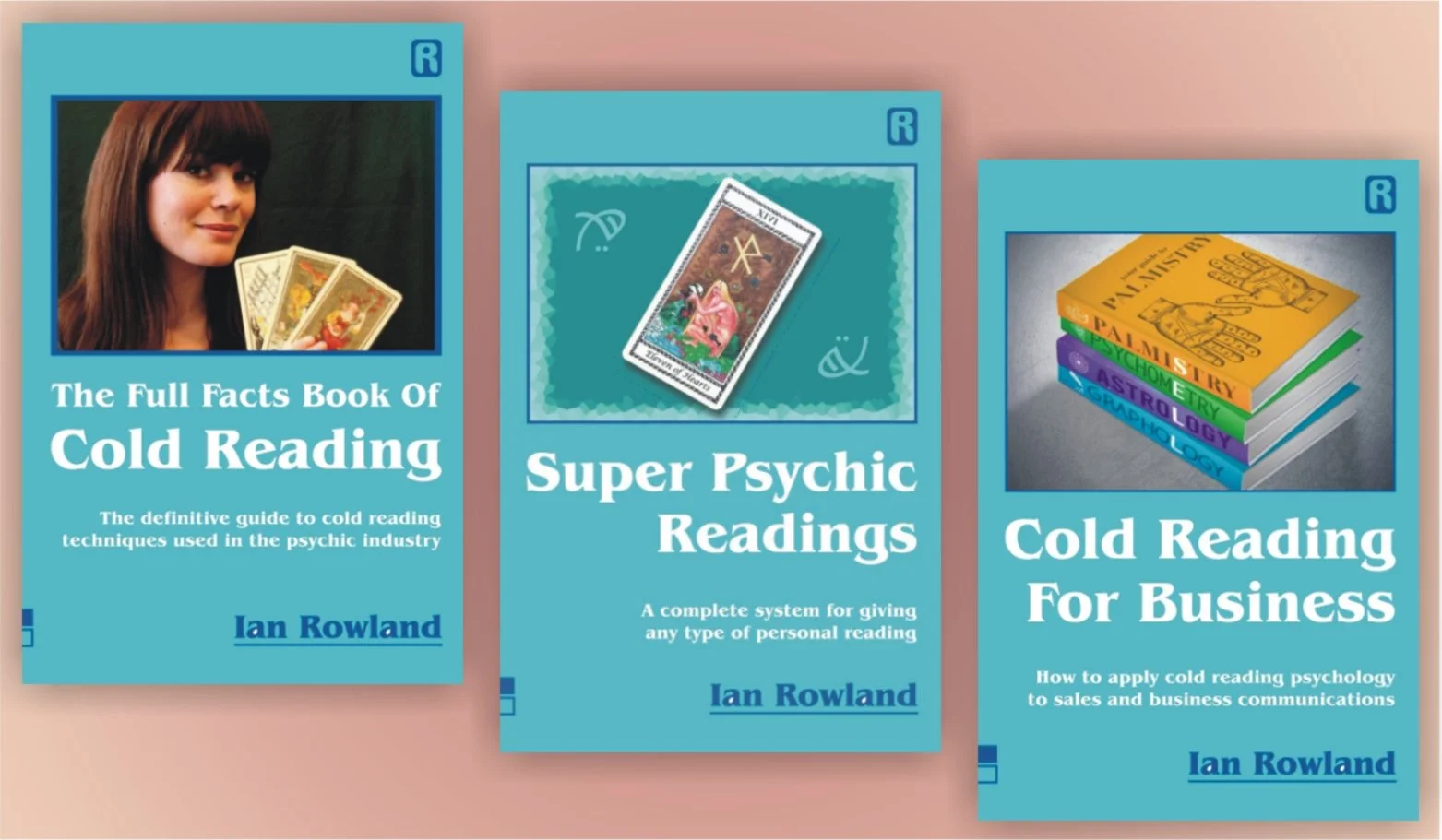Most Common Cold Reads: The Psychology Behind the Illusion
Most Common Cold Reads: The Psychology Behind the Illusion
When you watch a psychic, fortune teller, or mentalist at work, it often seems as though they have access to private details about someone they’ve just met. In truth, much of this comes down to a clever psychological skill known as cold reading. To understand the trick, you need to look at the Most common cold reads the standard lines and strategies that make this technique so convincing.
In this article, we’ll explore the Most common cold reads, explain why they work, and show how to spot them in everyday life.
What Are Cold Reads?
Before diving into the Most common cold reads, let’s define the concept. Cold reading is the art of delivering statements that sound specific but are actually broad enough to apply to almost anyone. These reads rely on observation, psychology, and carefully chosen wording.
The Most common cold reads feel personal because people interpret vague or general statements as being uniquely about them.
The Most Common Cold Reads in Action
Here are examples of the Most common cold reads and why they work so well:
1. Barnum Statements
“You sometimes doubt yourself, but deep down you know you’re capable of more.”
This is one of the Most common cold reads because it’s flattering, vague, and almost universally true.
2. The Rainbow Ruse
“You’re usually sociable and outgoing, but there are times when you prefer to be alone.”
This contradiction is a classic among the Most common cold reads, because it covers both possibilities.
3. Jacques Statements
“When you were younger, you had dreams that changed as you matured.”
Age-based insights are popular in the Most common cold reads, since they apply to everyone.
4. Fishing
“I sense someone important to you has a name beginning with J.”
Fishing is another of the Most common cold reads, because it invites the subject to supply the missing details.
5. The Greener Grass Read
“You’ve achieved a lot, but you sometimes feel you could be doing even more.”
This universal truth ranks highly among the Most common cold reads.
Why the Most Common Cold Reads Work
The Most common cold reads are effective because they tap into predictable aspects of human psychology:
The Barnum Effect – People believe vague statements are uniquely true for them.
Confirmation Bias – We remember the “hits” but forget the “misses.”
Flattery – People are more likely to accept positive statements.
Cooperation – Many subjects unconsciously help the reader fill in gaps.
These psychological tendencies explain why the Most common cold reads feel so accurate, even when they aren’t.
Everyday Uses of the Most Common Cold Reads
The Most common cold reads aren’t just for psychics. You’ll find them in many other settings:
Sales – “You’re looking for value, but you don’t want to compromise on quality.”
Leadership – “You’re ambitious, but you also care about balance in your life.”
Coaching – “People sometimes underestimate you, but you always rise to the challenge.”
Social Conversations – “At first people don’t always see your strengths, but close friends recognise them.”
These examples show how the Most common cold reads can be adapted for communication in business and daily life.
How to Spot the Most Common Cold Reads
To avoid being misled, learn to recognise the Most common cold reads when you encounter them:
Vague statements that seem flattering.
Contradictions that cover all outcomes.
Guesses framed as confident truths.
Observations tied to universal experiences.
With practice, you’ll quickly spot the Most common cold reads in action.
Cold reading is less about supernatural powers and more about psychology, communication, and suggestion. The Most common cold reads from Barnum statements to fishing guesses demonstrate just how easily the human mind can be persuaded.
By understanding the Most common cold reads, you can appreciate the artistry behind them, avoid being misled, and even apply the same techniques ethically in your own communication.





